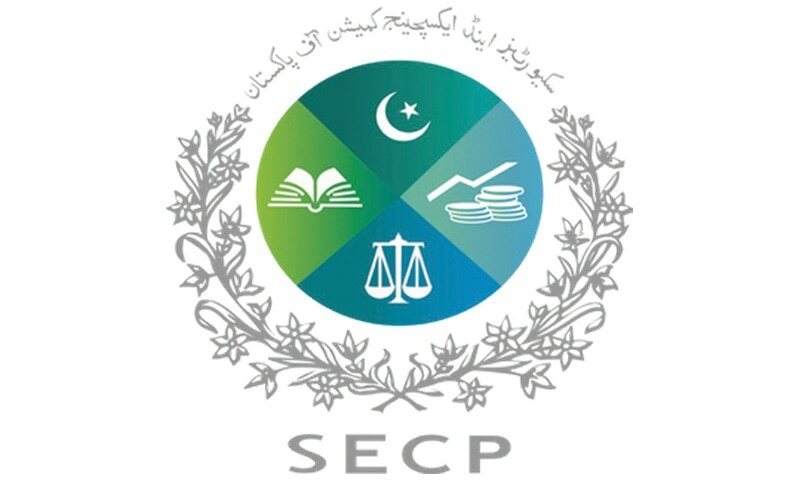Streamlining the CEER Process for Businesses in Pakistan
Introduction
In the dynamic business landscape of Pakistan, the Cost and Energy Efficiency Report (CEER) process plays a crucial role in driving sustainability and operational efficiency. However, many companies find the CEER process complex and challenging. Simplifying this procedure can significantly benefit businesses, both in terms of compliance and in achieving energy and cost efficiency goals. This article explores practical ways to streamline the CEER process for Pakistani companies.
Understanding the CEER Process
The CEER process involves a comprehensive analysis of a company’s energy consumption and costs, aiming to identify opportunities for efficiency improvements. It is a critical component for businesses looking to reduce operational costs and adhere to environmental standards.
Challenges in the Current CEER Process
Complex Documentation:
Companies often struggle with the extensive and intricate documentation required for CEER.
Technical Expertise:
The lack of in-house technical expertise in energy management can make the process daunting.
Cost Implications:
Small and medium-sized enterprises (SMEs) may find the cost of conducting a CEER prohibitive.
Time-Consuming Procedures:
The lengthy process can divert resources from other critical business operations.
Strategies for Simplifying the CEER Process
Streamlining Documentation:
Simplifying paperwork and creating clear, standardized templates can make the process more manageable for businesses.
Capacity Building and Training:
Offering training programs to build in-house expertise in energy efficiency can empower companies to manage the CEER process more effectively.
Technology Integration:
Utilizing digital tools and software for data collection, analysis, and report generation can save time and reduce errors.
Government and Institutional Support:
Providing subsidies or financial incentives for SMEs to undergo the CEER process can encourage broader compliance.
Public-Private Partnerships:
Collaborations between the government and private sector can bring in expertise and resources to assist companies in the CEER process.
Regular Updates and Feedback Loops:
Establishing a mechanism for regular updates and feedback can ensure that the CEER process remains relevant and effective.
Benefits of a Simplified CEER Process
Enhanced Compliance:
A more straightforward process would likely lead to higher compliance rates among businesses.
Cost and Energy Savings:
Efficient energy management directly translates to cost savings and reduced environmental impact.
Competitive Advantage:
Companies that successfully implement energy efficiency measures can gain a competitive edge in the market.
Contribution to National Goals:
Enhancing energy efficiency aligns with Pakistan’s overarching objectives of sustainable development and environmental preservation, reflecting the nation’s commitment to a greener and more sustainable future.
Case Studies
Case studies of companies successfully streamlining the Cost and Energy Efficiency Report (CEER) process provide valuable insights and inspiration for others. These success stories showcase how businesses overcame common obstacles like complex documentation and lack of expertise. By adopting strategies such as integrating digital tools for data analysis, simplifying documentation, and participating in training programs, these companies managed to make the CEER process more efficient and less time-consuming. Their achievements not only led to significant energy and cost savings but also enhanced compliance with environmental standards. These examples serve as a practical guide for other businesses aiming to optimize their CEER process.
Conclusion
Simplifying the CEER process is essential for Pakistani companies to achieve energy and cost efficiency in an increasingly competitive market. By addressing the challenges and implementing the strategies outlined above, businesses can navigate the CEER process more effectively, leading to tangible benefits for themselves and contributing positively to the country’s economic and environmental goals.
This article provides a detailed analysis of the current challenges in the CEER process for Pakistani companies and proposes practical solutions to streamline it. It emphasizes the importance of government support, technology integration, and capacity building to simplify CEER, ultimately leading to increased compliance, cost savings, and sustainable business practices.


